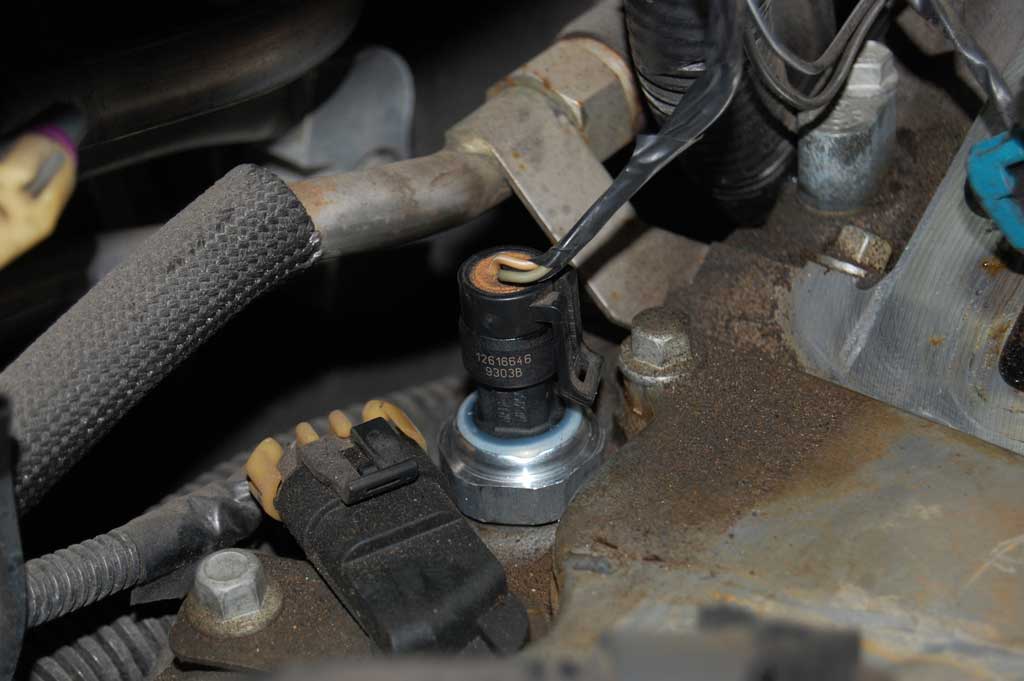What is an Oil Pressure Sensor and How Does It Work?
The oil pressure sensor (or oil pressure sending unit) monitors the engine’s oil pressure and sends this information to your vehicle’s gauge or computer system. It ensures that the engine receives proper lubrication and alerts you if oil pressure drops to unsafe levels.
Without a functioning sensor, your dashboard may display incorrect readings, or the warning light may not illuminate when oil pressure is dangerously low, putting your engine at risk.
Why the Oil Pressure Sensor Matters
A failing sensor can give false readings, trigger the oil light unnecessarily, or fail to warn you about actual low oil pressure. Low oil pressure can result in serious engine damage due to inadequate lubrication. Replacing a faulty sensor restores accurate readings and protects your engine from potential damage.
Important to Know:
- Symptoms of a bad sensor can mimic other issues, such as oil pump problems, so proper diagnosis is essential.
- OEM or high-quality replacement sensors are recommended for accurate readings and reliability.
- Sensor replacement is usually straightforward and doesn’t require extensive labor.
How Oil Pressure Sensor Replacement is Done:
- Diagnose and confirm the sensor is faulty.
- Safely relieve oil system pressure and access the sensor location.
- Disconnect the electrical connector and remove the old sensor.
- Install a new OEM-quality sensor and reconnect electrical components.
- Verify proper function of the oil pressure gauge or warning light.
- Check for oil leaks and perform a short test drive.
When to Replace the Oil Pressure Sensor:
Replacement is necessary when the sensor is malfunctioning, giving inaccurate readings, or triggering the oil pressure warning light without reason. Sensors can fail over time due to heat, oil contamination, or wear.
Signs You May Need a New Oil Pressure Sensor:
- Oil pressure warning light flickering or staying on
- Erratic or inaccurate oil gauge readings
- Engine noise or knocking due to suspected low oil pressure
- Oil leaks near the sensor
- Check Engine Light codes related to oil pressure
How Important is This Service?
The oil pressure sensor protects your engine by monitoring a critical system. Ignoring a faulty sensor can lead to unnoticed low oil pressure, resulting in severe engine damage. At Nationwide Mechanics, we provide precise diagnostics and replace sensors with high-quality parts to ensure accurate readings and engine safety.




